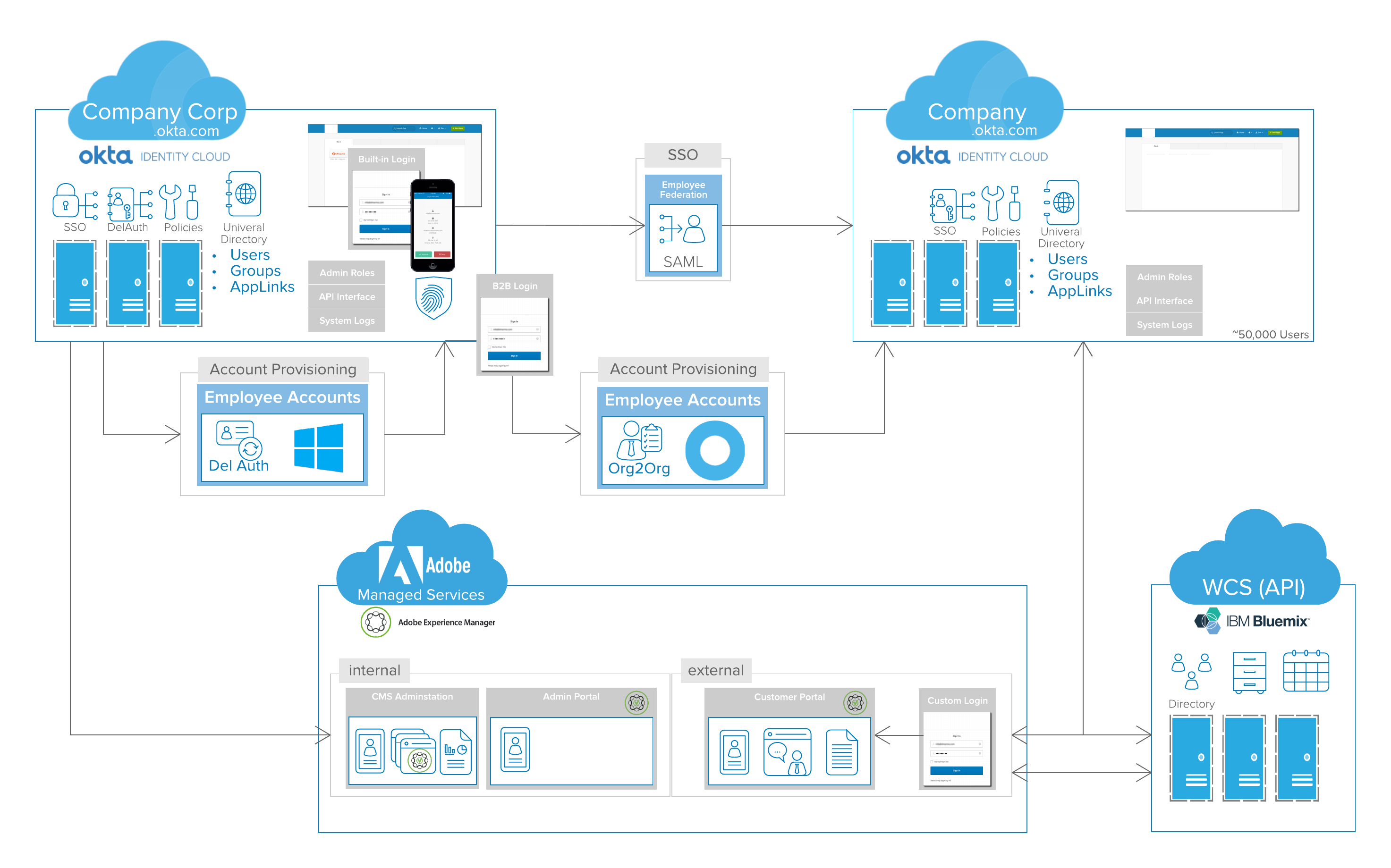
5 sales pitch steps you can learn from "Tommy Boy"
Lucid Content
Reading time: about 6 min
Topics:
What is a sales pitch? You can turn to many different sources to learn how to properly pitch your product or service, but “Tommy Boy”—the 1995 hit comedy that stars Chris Farley as Tommy Callahan, a slow-witted man who needs to save his family’s auto parts factory after his father’s sudden death—probably doesn’t seem like the most obvious choice to base your sales training on.
However, the film wasn’t really about Tommy Callahan’s ignorant attempts to win business with neophyte-like sales pitch steps (although they are hilarious to watch).
The crux of this legendary movie is how the young Tommy becomes a sales genius—with a touch of kismet—by being true to himself.
In fact, what makes Tommy so successful in his sales endeavors is that he drops all his previous ideas and, instead of thinking too hard about how to make a sales pitch, he goes with his gut and what he knows best: treating people like people.
Never thought you’d receive career-enhancing advice from a Chris Farley movie? Think again. Lucid presents five easy sales pitch steps below, courtesy of “Tommy Boy.”
1. Stop treating the deal as a sales pitch
If there’s anything your potential prospects hate more than traditional sales pitch steps, it’s you labeling the conversation as an actual sales pitch. Or sending them an email about something they don’t really care about. Or starting a boring, one-sided conversation about how great your product is and how cheap it is. Real life isn’t QVC.
What we learn from the bright-eyed and bushy-tailed Tommy is that successful selling is about relationship building—truly caring about your clients’ needs and wants. The fact that you just so happen to have a product or service to their problems should be a sidenote.
Before you begin to build your sales pitch steps, ask yourself, “Who is my potential client at their core—what do they value, what do they want, and how can I become valuable to them?”
2. Do your homework
Nothing is more infuriating than a sales pitch that shows your potential customer you’ve given absolutely zero thought to who they are as a business and who their customers are. Any successful sales pitch should be treated like a cover letter or resume for a job you highly covet: it should be different every time and geared toward how you can help your audience.
Many sales professionals are not aligned with the needs of their customer and are just trying to push their product or service without really researching what a business may want. Before your initial contact, you should spend time researching everything you can about your lead.
What’s their industry? Who are their main competitors? Who are their customers? Not only will you keep them engaged with this information, but it will eliminate the sometimes painful “get-to-know-you bits.”
Show your potential sale that you already know who they are. And more importantly, you already have them and their loyal customers in mind.
In addition to researching your prospect’s needs, you better be able to back up what you say your product can do. Bring along your research. Bring numbers. Bring every piece of evidence you can to back up your story and prove ROI.
Use Lucidchart to help you demonstrate how your product works and why it’ll be essential to your prospective client. Need an example? See how Okta uses Lucidchart to sell their software.

3. Remember “people buy you,” not just your product
During David Spade’s coaching moment in "Tommy Boy," he recounts how Tommy’s dad and his charming personality and gregarious nature were the reason his customers bought Callahan brake pads—it wasn’t because the pads were somehow better than the competition. In all likelihood, they probably weren’t.
People don’t buy “the best” anything. They buy a relationship with a product or service because they can trust it. So the human touch goes a long way.
A successful pitch will feel more like a healthy conversation between you and your prospect, rather than a “drinking from the firehose” situation where you spew out facts and figures about the product.
Stick to the 20:80 dialogue rule with your prospect. Let them ask the questions, and show them you have all the answers and that you’re somebody they can actually trust—someone who cares more about their success than your own.
Take a cue from Tommy. He “guarantees” it.
4. Relentlessly hone your craft
If you’ve ever asked yourself how to create a sales pitch, perhaps it’s been because you feel as though you’ve been defeated. But here is a little food for thought when you’re feeling dejected because your prospects are just not calling back:
- 44% of salespeople give up after one follow-up call.
- 80% of sales require five follow-up calls after the meeting.
- Sales reps can spend up to 40% of their time looking for a lead.
- Only 23% of all sales emails are opened.
- 79% of all marketing leads are never converted to sales.
Bottom line? Nobody ever said it would be easy.
The best offense is typically a strong defense. Refine your messaging. Does your email campaign sound like spam? Would you open your email? Would you call yourself back?
Remember, your prospect is buying you—not your product or service. It’s your job to convince them that nobody cares about their business as much as you do.
5. Go for the chicken wings
If you’re listening and asking the right questions, you can adjust any sales message to sound attractive to your potential buyer. If they choose to object to your proposition, object to their objection.
As David Spade would put it, “don’t take no for an answer,” but you need to respectfully disagree. Typically, big sales objections fall under the BANT acronym (Budget, Authority, Need, and Time). You might not have a fully detailed rejoinder for each point, but your goal is to showcase why you and your product are more necessary.
Do they not have budget? Maybe your software will save them budget down the line so they can afford these decisions.
Maybe there is no time because it’s their busiest quarter? Show how your software can streamline their day-to-day.
In every single moment, look for the next opportunity. You need to be the humble, persuasive type who understands every customer’s basic ask of “What’s in it for me?” Be the kind soul who can proverbially sell sand to a beach.
You aren’t positioning the sale for you—you’re positioning for whatever your client might need. Your client needs to understand that you’re human, too. They need to feel your empathy. In doing so, you may just get those chicken wings like Tommy Boy did. Even when the kitchen’s closed.
Streamline your sales pitch
Following these five steps will have you make a sales pitch like a pro. The more you practice, you’ll be able to really come to understand what your prospects want to hear.

As part of your pitch, you'll likely need to demonstrate your product as well—here's how to get the demo right.
Learn moreAbout Lucidchart
Lucidchart, a cloud-based intelligent diagramming application, is a core component of Lucid Software's Visual Collaboration Suite. This intuitive, cloud-based solution empowers teams to collaborate in real-time to build flowcharts, mockups, UML diagrams, customer journey maps, and more. Lucidchart propels teams forward to build the future faster. Lucid is proud to serve top businesses around the world, including customers such as Google, GE, and NBC Universal, and 99% of the Fortune 500. Lucid partners with industry leaders, including Google, Atlassian, and Microsoft. Since its founding, Lucid has received numerous awards for its products, business, and workplace culture. For more information, visit lucidchart.com.
